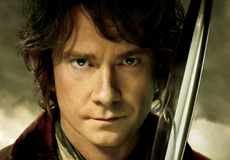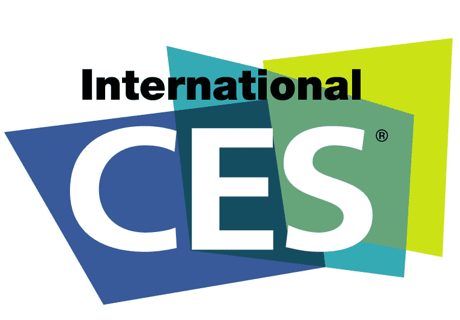Larry Page Talks Future of Search and Company Projects
December 13, 2012
- Google CEO Larry Page, who rarely agrees to interviews, sat down with Fortune to discuss the future of search, clashes with Apple, the company’s numerous Google X projects, and more.
- Page acknowledges the change in advertising models, but views disruption as a good thing. Google still devotes 70 percent of its effort into search and ads.
- “The perfect search engine would really understand whatever your need is,” he says. “So one of my favorite examples I like to give is if you’re vacation planning. It would be really nice to have a system that could basically vacation plan for you. It would know your preferences, it would know the weather, it would know the prices of airline tickets, the hotel prices, understand logistics, combine all those things into one experience. And that’s kind of how we think about search.”
- On Google’s competition with Apple, Amazon and others: “I’d like to see more cooperation on the user side. The Internet was made in universities and it was designed to interoperate. And as we’ve commercialized it, we’ve added more of an island-like approach to it, which I think is a somewhat a shame for users,” Page says.
- “I think it would be nice if everybody would get along better and the users didn’t suffer as a result of other people’s activities. I try to model that. We try pretty hard to make our products be available as widely as we can. That’s our philosophy,” he notes.
- The remaining effort at Google is split between apps (20 percent) and new projects (10). “I think investors always worry about this. You know, ‘Oh my God, they’re going to spend all their money on self-driving cars.’ I feel like no matter how hard I try, I can never make the 10 bigger, because it’s actually hard to get people to work on stuff that’s really ambitious. It’s easier to get people working on incremental things.”


